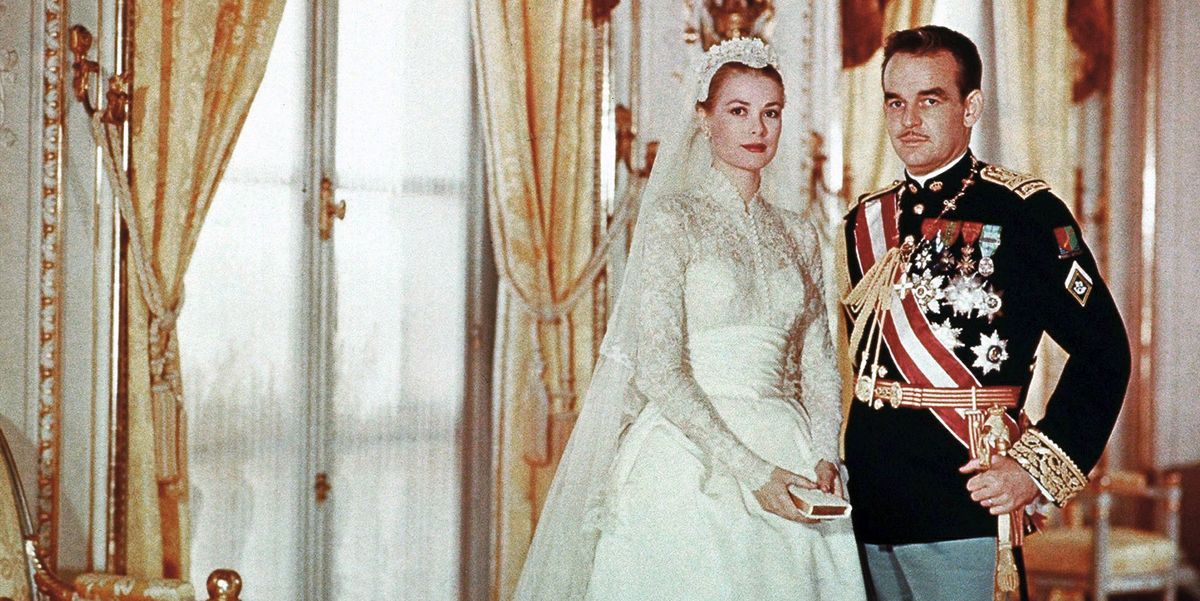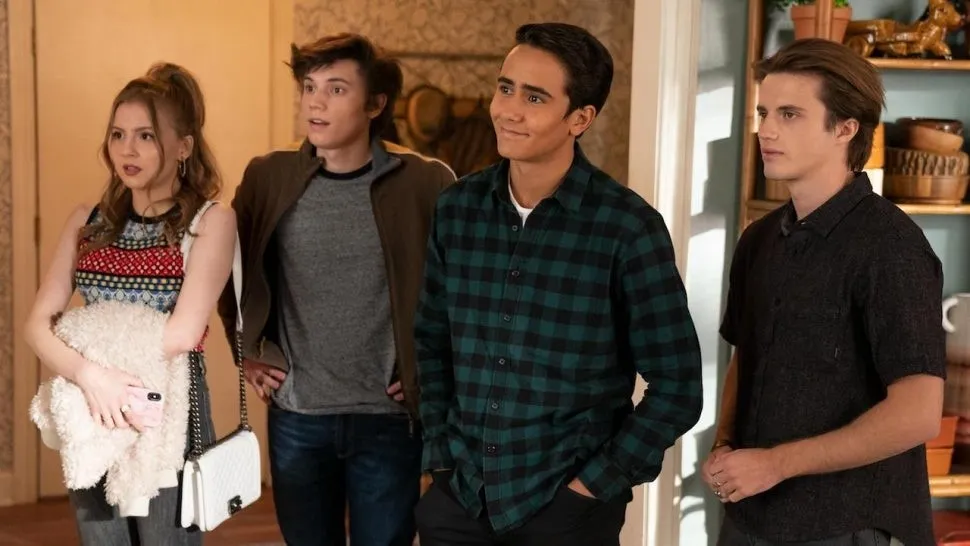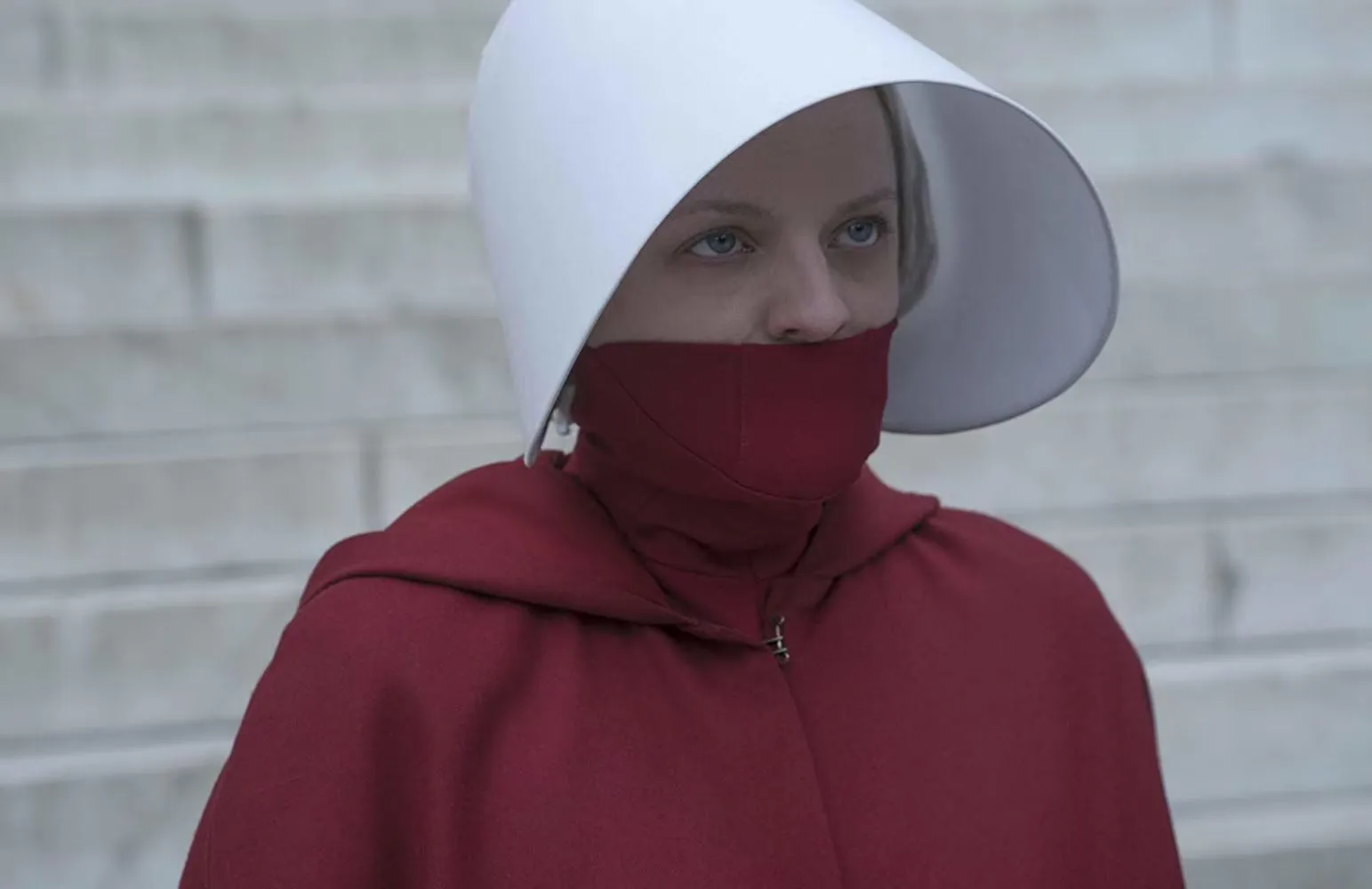She came to Cannes as a star and left on the path to becoming a princess. What really happened when Grace Kelly met Prince Rainier in 1955?
In May 1955, Grace Kelly stood at the very pinnacle of her Hollywood career. Having just won the Academy Award for Best Actress for her powerful and understated performance in

That spring, Grace arrived at the Cannes Film Festival as a reigning queen of cinema. Cannes was the most glamorous film event in the world, a stage where stars displayed not only their artistry but also their style, charisma, and influence. Grace epitomized the elegance of Old Hollywood: tall, poised, with her signature cool blonde beauty and a wardrobe that captured the essence of refined glamour. She was already admired by critics and adored by audiences, yet what awaited her in the French Riviera would change her life forever.
It was during this visit that Grace was introduced to Prince Rainier III of Monaco. The meeting was initially arranged as part of a publicity photo shoot—an opportunity for photographers to capture an American star alongside European royalty. But what was meant to be a staged event quickly revealed a genuine spark between the two. Rainier, known as a serious and somewhat reserved ruler, seemed immediately captivated by Grace’s warmth, intelligence, and beauty. She, in turn, was intrigued by the prince’s dignity, charm, and sense of responsibility.

Over the following months, their connection deepened. Letters were exchanged, visits were arranged, and soon the story of Grace Kelly and Prince Rainier blossomed into a real-life romance that captivated the world. Newspapers followed every development, dubbing it “the romance of the century.” Unlike the fleeting gossip of Hollywood affairs, this courtship carried the gravitas of a fairy tale come to life: a celebrated movie star falling in love with a real prince.
By Christmas of 1955, Rainier had proposed, and Grace accepted. The announcement sent shockwaves through Hollywood and beyond. Within a year of meeting him, she had decided to leave behind her thriving film career to embrace an entirely new role—that of Princess of Monaco. For fans, it was both a moment of joy and a bittersweet farewell. The world would no longer see Grace Kelly on screen, but instead would witness her transformation into European royalty.
![]()
The wedding of Grace Kelly and Prince Rainier in April 1956 was nothing short of historic. Broadcast around the globe, it was one of the first events of its kind to reach millions via television, allowing audiences everywhere to witness the union of Hollywood glamour and royal tradition. Grace’s wedding dress, designed by MGM costume designer Helen Rose, has since become one of the most iconic bridal gowns of all time, inspiring countless brides—including, decades later, Catherine, Princess of Wales. The ceremony and celebration solidified Grace’s new identity as Her Serene Highness, Princess Grace of Monaco.
Yet Grace Kelly’s story did not end with her royal transformation. Though she stepped away from acting, she never stopped inspiring. As princess, she dedicated herself to charitable work, cultural initiatives, and the promotion of Monaco as a destination for the arts. She became a patron of young artists, supported humanitarian causes, and used her global fame to shine a light on issues of social importance. Her life in Monaco reflected not only glamour and duty but also a deep sense of purpose.

What made Grace remarkable was the seamless way she carried her legacy from Hollywood to Monaco without ever losing her essence. On screen, she had embodied grace and elegance; in real life, she embodied dignity, strength, and compassion. Her presence in Monaco elevated the principality’s profile internationally, and she became a beloved figure not just to her subjects but to admirers around the world.
Of course, her story was also marked by tragedy. In September 1982, at the age of 52, Grace Kelly died in a car accident near Monaco, leaving the world in shock. Her untimely passing seemed to freeze her image in time—as forever youthful, elegant, and iconic. Yet even in death, her influence continued to grow. She became not only a symbol of Hollywood’s golden age but also an enduring emblem of fairy tale romance and timeless style.

Nearly seven decades after her first fateful meeting with Prince Rainier, Grace Kelly remains a touchstone of culture, fashion, and cinematic history. Designers still look to her for inspiration, her films continue to be celebrated for their artistry, and her life story continues to enchant new generations. From her Academy Award triumph to her unforgettable wedding, from her screen presence to her charitable legacy, Grace Kelly embodied a rare fusion of grace, glamour, and destiny.
Today, she is remembered not just as a Hollywood actress or a princess, but as a woman who bridged two worlds and left behind a legacy of elegance and meaning. Whether in a film frame, a royal portrait, or the collective memory of those who admired her, Grace Kelly stands as proof that fairy tales can sometimes come true—and that their magic can endure long after the final curtain falls.
News World Business Tech Healthy Tips She walked into the premiere and turned Hollywood on its head. What did Madonna do in 1985 that made everyone stop and stare?

In 1985, the red carpet premiere of

Madonna’s arrival was electric. She didn’t just wear clothes—she wore an attitude. Her look was a perfectly curated yet seemingly effortless mix of punk rebellion, glam sensibility, and downtown New York grit. Layers of lace, fitted leather jackets, oversized bows, crucifix necklaces, bangles stacked up her arms, and those now-iconic fingerless gloves became more than accessories—they were symbols of a new kind of self-expression. She exuded a “take me as I am” confidence that clashed with Hollywood’s polished elegance, and that clash became her magic. Critics may have debated the tastefulness of her style, but no one could deny its impact.
For many young women watching from afar, Madonna’s fashion choices were revolutionary. They weren’t about perfection—they were about personality. She gave permission to mix high and low fashion, to make thrift-store finds as powerful as designer pieces, and to use clothing as a form of rebellion. Teenagers across America and beyond imitated her layered necklaces, tousled hair, and bold makeup, launching what came to be known as the “Madonna wannabe” phenomenon. For the first time, a red carpet wasn’t only about Hollywood glamour—it was about street style meeting stardom.

The premiere also marked Madonna’s transition into film. Desperately Seeking Susan wasn’t her first time on camera, but it was her first major role that captured her personality so vividly. She played Susan, a free-spirited drifter who embodied the same mix of mystery, charisma, and defiance that Madonna herself projected in real life. The line between character and performer blurred, making the film feel like an extension of Madonna’s own myth-making.
The movie was a surprise hit, resonating with audiences who saw in Susan—and by extension, Madonna—an alternative to the ordinary. It was about women searching for identity, freedom, and excitement outside traditional expectations. Madonna’s performance wasn’t just acting; it was a continuation of her ongoing statement: that women could be unapologetically bold, messy, stylish, and in charge of their own destiny.

But perhaps the most important thing about that 1985 moment was the cultural message it carried. Madonna wasn’t simply stepping into Hollywood; she was reshaping it. Up until then, pop stars who crossed into film often struggled to be taken seriously. Madonna, however, used her musical fame as a launchpad, and her film debut as proof that she was a multi-platform force. She was showing the world that the boundaries between music, fashion, and film could be torn down—and she was the one to tear them.
The press quickly caught on. Headlines weren’t just about the movie’s plot or reviews—they were about Madonna’s presence, her clothes, her impact. For some, she was scandalous, a challenge to traditional ideas of femininity and celebrity. For others, she was thrillingly fresh, a burst of authenticity in an industry built on polished illusions. Either way, she was impossible to ignore.

Her timing could not have been more perfect. The 1980s were a decade hungry for reinvention and rebellion. MTV had transformed how music and image intersected, giving rise to stars who weren’t just heard but seen. Fashion was louder, bolder, more experimental, and Madonna was the embodiment of that shift. She wasn’t just riding the wave of pop culture—she was shaping it.
Looking back, the premiere of Desperately Seeking Susan wasn’t just another stop on Madonna’s rise—it was a turning point. It showed that she was not content to be confined to one lane. Music was only the beginning. She wanted film, fashion, influence, and above all, control over her narrative. And she got it. Over the decades, Madonna would continue to reinvent herself—sometimes controversially, always unapologetically—but that 1985 night crystallized the blueprint.

The cultural ripples from that moment are still felt today. Contemporary artists like Lady Gaga, Rihanna, and even Billie Eilish owe part of their artistic freedom to the path Madonna carved. The mix of music, fashion, and visual storytelling that is now standard in pop culture was, in many ways, pioneered by her ability to command attention across mediums.
When we revisit photos of Madonna on that red carpet—the layered lace, the messy curls, the knowing smirk—it’s not just nostalgia. It’s a reminder of how one woman stepped into a premiere and shifted the direction of pop culture. She showed that being a star wasn’t about fitting in—it was about standing out, about creating a persona so magnetic that the world had no choice but to watch.

In the end, the 1985 Desperately Seeking Susan premiere was more than just an introduction to Madonna the actress. It was the announcement of Madonna the icon. From that night forward, she wasn’t simply performing for audiences—she was leading them, daring them to see fame, fashion, and femininity in entirely new ways.
Madonna didn’t just walk the red carpet. She claimed it, rewrote its rules, and transformed it into a stage where self-expression mattered more than tradition. And in doing so, she didn’t just define the 1980s—she defined what it meant to be an icon for generations to come.








